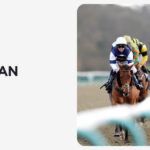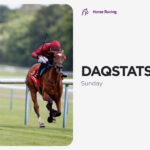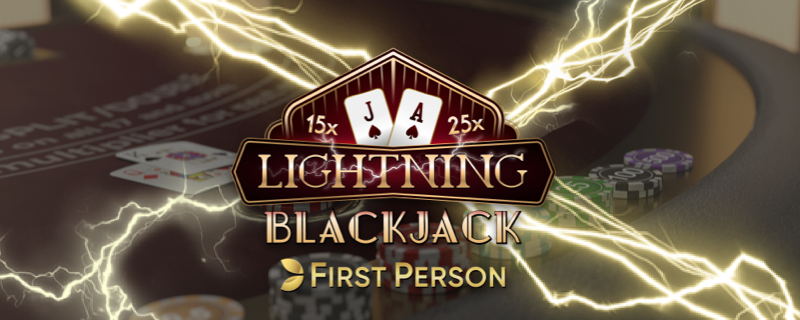ALL THIS WEEK: DAQMAN SHARES HIS BETTING SECRETS: DAQMAN continues Part 4 of his guide to betting, a full racing survey of facts and figures on the search for value; what not to do, how to find winners hidden in the form. Every day in BETDAQ Tips. Still to come:
The Secrets of Winner Finding
▪️ Double-your-money BETDAQ value bets
▪️ What professionals look for
ABC Guide to Racing
▪️ Read between the lines of form
Flat out for 2020 winners
▪️ Fortune Cookies
▪️ Hidden horses
▪️ See How They Won
SECRETS OF WINNER-FINDING 4 (cont): A TRAINER’S STOCK IN TRADE: To know your horse you need to know your trainer: you rely on the horse’s form but you must also rely on the stable to get the best out of him and place him to advantage. How do they do it? What speciality does the trainer have? The series so far:
Part 1 THE NEARLY HORSES March 24
Part 2 FORM IS SIMPLY WHAT YOU BEAT March 25
Part 3 HYPE AND HOW TO IGNORE IT March 26
Part 4 THE TRUTH ABOUT TRAINERS March 27
Part 4 (cont) YOU NEED TO KNOW THE STABLES March 29
TODAY WHAT’S THEIR STOCK IN TRADE?
WHAT’S THEIR STOCK IN TRADE?
Trainers are creatures of habit. When you see his or her name on the racecard, you should be able to answer the question: is this the kind of race, and the right occasion for them; does it fit their pattern of operation?
Remember how we divided trainers into class: those who handle expensive horses in conditions races up to Group (Flat) and Graded (Jumps) level; those who negotiate the ups and downs of the handicapping system at sub-Listed level.
Trainer Richard Hannon and his father before him are famous for their precocious two-year-olds. It is possible to spot a Hannon juvenile colt by its solid bulldog looks.
But Richard is capable not only of winning class races with his two-year-olds, bringing them along quickly and aiming high, but Team Hannon has also been renowned for taking it more slowly with lesser lights and targeting sales races and nurseries, which are two-year-old handicaps from July onwards.
Look at the breeding to guesstimate the class of the animal. Is it likely to have the class to aim it at the top? Is it a ‘nearly horse’ in that respect but one to take advantage of a good handicap rating later on?
Such an animal would do well to start quietly in maidens and attract a modest mark, so that its racing brings improvement, hopefully climbing the grades as it wins races.
The smartest operator in this regard has for many years been Sir Mark Prescott, though his material is more likely to be the maiden three-year-old. I’ve lost count of how many ‘sequence horses’ he has produced, winning time after time, class 4 or 5 horses which end up in a Listed or a big handicap later on in the season.
Hannon is not a man for long-distance events, preferring sprints to a mile; whereas Prescott can improve them up to 2m and more, and has only the occasional sprinter. Sir Mark’s ambition is to win the Cesarewitch.
Obviously, fitness is paramount if you are to win races, and here Mark Johnston is your man; remarkable how many of his horses win from the front, and surprising how some of them improve, despite seemingly exposed by this style of running.
A good Johnston bet would be one that looks exposed but is dropping down in trip, so that he front-runs with stamina in reserve.
Going with the pace is ideal for particular tracks, which is why Johnston is the master trainer at Goodwood.
You get one well drawn (low) to be handy on the bends at Goodwood then switch it to the outside, unleash it with a clear run up the hill and take an unassailable lead. At least, that’s the hopeful view.
Another trainer who could make an entire meeting all his own was Dermot Weld at the Galway festival, whether Jumps or Flat racing, handicaps or not, even races for maidens.
What’s the difference between Aidan O’Brien and John Gosden? O’Brien tends to use Classic trials to grade his horses and improve them by competition. For Gosden, each horse follows a distinct path; each trial is a race for his horse to win; that is its target.
I remember a raw Press youth asking Bernard Van Cutsem after he’d won a Classic trial on the Rowley Mile at Newmarket: ‘What’s the plan?’ Bernard answered dryly: ‘That was the plan.’
O’Brien will probably have 10 or a dozen three-year-olds of potential, Gosden just four or five, and O’Brien’s are generally in the same ownership: he won’t get complaints whichever one comes up to the top of the milk.
You could always tell when Sir Henry Cecil fancied his runner. He would be tearfully nervous and on his second packet of fags before lunch.
Back the first trainer you see when you go to the track! That was an old adage, with some angle on the truth. I always used to bump into Rod Simpson. If he offered me some tickets, the owners weren’t bothering to come. If he didn’t even speak, he was busy working out the odds he wanted on his runner.
Some trainers hit form at specific times of the year, and their winners come in clusters, like Paul Cole and Marcus Tregoning.
Some target their home track, like Tim Easterby with York his stamping ground (also targeted by William Haggas). Horses can’t win all the time, so watch for Tim placing one at York when its handicap mark is right.
That could be why the computer data was wrong about Saturday’s simulated Grand National in respect of Anibale Fly.
He was reckoned not to have a chance because of moderate recent form, but trainer Tony Martin aims only at one race or at one set of handicaps spaced well apart, so that he can bring the horse to peak at those times. He is capable of getting an animal spot on for the day.
Richard Fahey gets criticism for his blanket coverage with horses, racing them often, several to a race but, if he has one that’s well handicapped, with the form in the book, then keep it on the right side. He is a very good judge of form.
Some trainers play patience. James Fanshawe, David Simcock, Roger Varian and Simon Crisford are exceptional at bringing horses along and placing them in the right race.
Some are good with fillies and mares, particularly John Gosden, Ralph Beckett and Sir Michael Stoute. Stoute has the rare talent of being able to improve older horses. That’s worth a whole article, which I’ll get round to one day.
Trainers are creatures of habit and they win the same races over and over, clearly having them in mind as targets from way back. You have been warned.
Finally, trainers with the best percentages will improve your percentages! From 2019: John Gosden 27%, Charlie Appleby 26%, James Tate 24%, Saeed Bin Suroor 23%, William Haggas 22%, Sir Michael Stoute 21%, Simon Crisford 20%.
In Ireland? Top man is Paddy Twomey 29% last year (11-38) and 27% since the end of 2015 (25-92).
Did you know that as well as checking the realtime prices on BETDAQ below – you can also log into your account and place your bets directly into BETDAQ from BETDAQ TIPS.







